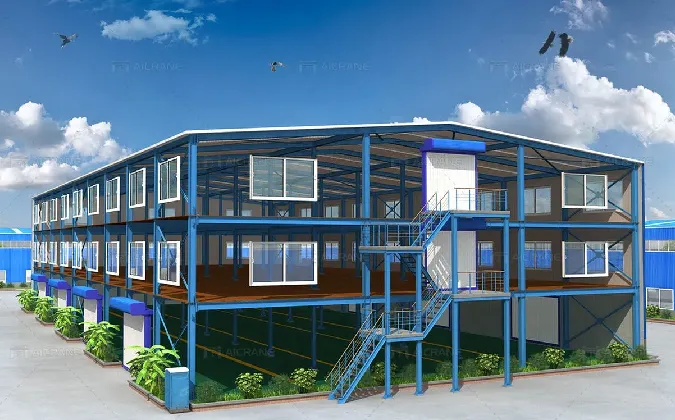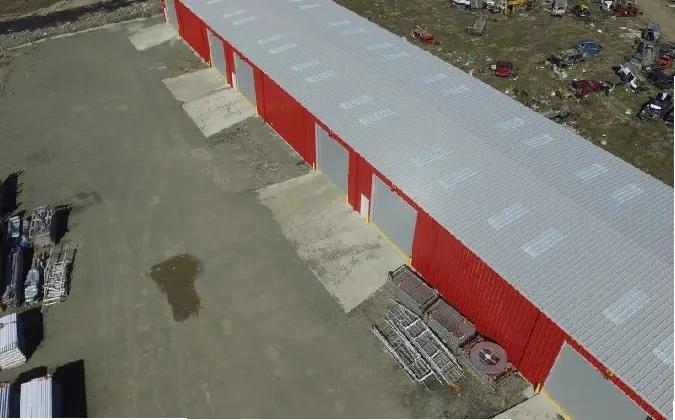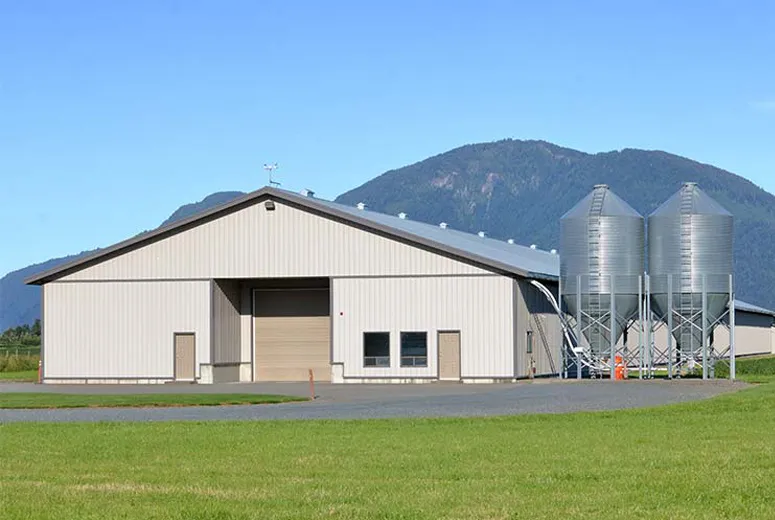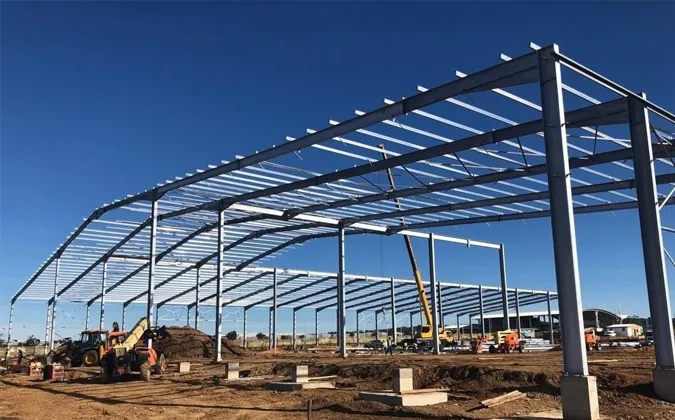- Afrikaans
- Albanian
- Amharic
- Arabic
- Armenian
- Azerbaijani
- Basque
- Belarusian
- Bengali
- Bosnian
- Bulgarian
- Catalan
- Cebuano
- Corsican
- Croatian
- Czech
- Danish
- Dutch
- English
- Esperanto
- Estonian
- Finnish
- French
- Frisian
- Galician
- Georgian
- German
- Greek
- Gujarati
- Haitian Creole
- hausa
- hawaiian
- Hebrew
- Hindi
- Miao
- Hungarian
- Icelandic
- igbo
- Indonesian
- irish
- Italian
- Japanese
- Javanese
- Kannada
- kazakh
- Khmer
- Rwandese
- Korean
- Kurdish
- Kyrgyz
- Lao
- Latin
- Latvian
- Lithuanian
- Luxembourgish
- Macedonian
- Malgashi
- Malay
- Malayalam
- Maltese
- Maori
- Marathi
- Mongolian
- Myanmar
- Nepali
- Norwegian
- Norwegian
- Occitan
- Pashto
- Persian
- Polish
- Portuguese
- Punjabi
- Romanian
- Russian
- Samoan
- Scottish Gaelic
- Serbian
- Sesotho
- Shona
- Sindhi
- Sinhala
- Slovak
- Slovenian
- Somali
- Spanish
- Sundanese
- Swahili
- Swedish
- Tagalog
- Tajik
- Tamil
- Tatar
- Telugu
- Thai
- Turkish
- Turkmen
- Ukrainian
- Urdu
- Uighur
- Uzbek
- Vietnamese
- Welsh
- Bantu
- Yiddish
- Yoruba
- Zulu
Sep . 24, 2025 16:21 Back to list
Air hanger—including large aircraft hangers and compact air plane hanger setups—requires precise ventilation to address unique challenges: from removing hazardous fumes (e.g., fuel, paint) to regulating humidity (to protect aircraft components) and maintaining air quality for maintenance crews. Unlike standard warehouses, sealed air hanger spaces are large, enclosed, and often host activities that generate toxic or corrosive substances, making effective ventilation non-negotiable. For wholesalers serving aviation maintenance firms, airports, or private aircraft owners, partnering with a manufacturer that solves these ventilation challenges is essential. Hebei HongJi Shunda Steel Structure Engineering Co., Ltd., founded in 2000 with a 52,000-square-meter facility and USD$2.5 million registered capital, specializes in steel structure air hanger (alongside warehouses and workshops). Their professional design and construction teams integrate ventilation solutions into aircraft hangers and air plane hanger designs, making them a trusted bulk partner for wholesalers globally.

Fume and Contaminant Removal Challenges in Air Hanger
- Fuel and Oil Vapor Buildup in Aircraft Hangers: Aircraft hangers often host refueling or engine maintenance, which releases volatile fuel and oil vapors—these are not only flammable but also harmful to crew health. Sealed air hanger spaces trap these vapors, as natural airflow is limited. Hebei HongJi Shunda addresses this by designing aircraft hangers with targeted exhaust systems: high-capacity fans (mounted near floor level, where vapors accumulate) connected to ducting that vents outside. For example, a air plane hanger used for small aircraft maintenance might have 4–6 exhaust fans (each with 3,000 CFM airflow) that activate automatically when vapor sensors detect unsafe levels. The company also adds intake vents near the ceiling to pull in fresh air, creating a “bottom-up” airflow that flushes out vapors.
- Paint and Chemical Fumes in Air Plane Hanger: Air plane hanger used for aircraft painting or coating generate high concentrations of VOCs (volatile organic compounds) from paints and solvents. Sealed environments let these fumes linger, causing respiratory issues for workers and damaging aircraft interiors. Hebei HongJi Shunda integrates HEPA-filtered exhaust systems into air plane hanger designs: the systems pull fumes through multiple filter layers (to trap particles and VOCs) before venting outside. A air hanger for commercial aircraft painting might use a centralized ducting network with adjustable nozzles, directing airflow to paint booths and ensuring fumes are captured at the source. The company also uses fire-resistant ducting (meeting aviation safety codes) to avoid ignition risks.
Humidity and Temperature Regulation Challenges in Aircraft Hangers
- Condensation Risks in Sealed Air Hanger: Sealed air hanger spaces are prone to condensation—temperature fluctuations (e.g., cold nights vs. warm days) cause moisture to form on aircraft surfaces, leading to rust or electrical component damage. Aircraft hangers storing vintage or high-value aircraft are especially vulnerable. Hebei HongJi Shunda’s solution includes dehumidification systems integrated with ventilation: industrial-grade dehumidifiers (sized to the hanger’s volume) work with intake/exhaust fans to maintain 40–50% relative humidity. For a air plane hanger in a humid coastal region, the system might also include insulated steel panels (to reduce temperature swings) and ceiling-mounted diffusers that distribute dry air evenly. The company’s design team calculates humidity loads based on the hanger’s size and local climate, ensuring no over- or under-sizing. For wholesalers, this prevents client complaints about aircraft damage— strengthening trust in the product.
- Temperature Extremes in Large Aircraft Hangers: Aircraft hangers are often large (1,000+ square meters), making it hard to maintain consistent temperatures in sealed spaces. Extreme heat (from direct sunlight on steel roofs) or cold (in winter) can affect maintenance work (e.g., paint drying times) and crew comfort. Hebei HongJi Shunda addresses this with HVAC-integrated ventilation: heating/cooling units connected to a network of ducts that distribute conditioned air, paired with exhaust fans that expel hot/cold air. A air hanger for commercial jet maintenance might use variable-speed HVAC systems (adjusting output based on occupancy and activity) to avoid energy waste. The company also adds roof vents with solar-powered fans (to release hot air in summer) as a cost-saving supplement.
Ventilation Challenge & Solution Comparison for Air Hanger Types
|
Air Hanger Type |
Key Ventilation Challenge |
Hebei HongJi Shunda Solution |
Ideal Client Use Case |
Wholesaler Value |
|
Air Plane Hanger (Small) |
Fuel vapor buildup; limited space |
Compact exhaust fans + vapor sensors |
Private aircraft maintenance |
Appeals to small aviation businesses |
|
Aircraft Hangers (Large) |
Temperature inconsistency; high humidity |
HVAC + dehumidifiers + roof vents |
Commercial jet storage/maintenance |
Caters to airports, large MRO firms |
|
Air Hanger (Painting) |
VOCs from paints; particle pollution |
HEPA-filtered exhaust + targeted ducting |
Aircraft painting/coating facilities |
Fits specialized maintenance needs |
Airflow Distribution Challenges in Sealed Air Hanger
- Dead Zones in Large Aircraft Hangers: Aircraft hangers’ large size creates “dead zones”—areas with little to no airflow where fumes or moisture accumulate. Sealed environments worsen this, as there’s no natural wind to circulate air. Hebei HongJi Shunda uses computational fluid dynamics (CFD) modeling to design ventilation systems that eliminate dead zones: fans and vents are positioned to create a “cross-flow” pattern (e.g., intake vents on one wall, exhaust on the opposite) that covers the entire hanger. For a air hanger with multiple aircraft parked side-by-side, the company adds floor-mounted air diffusers between planes to ensure airflow reaches under and around aircraft. This precision prevents fume buildup in hard-to-reach areas (e.g., aircraft undercarriages) that are often overlooked. For wholesalers, this technical detail shows expertise— differentiating their offerings from generic hanger solutions.
- Balanced Air Pressure in Air Plane Hanger: Sealed air plane hanger spaces need balanced air pressure to avoid drawing in outside contaminants (e.g., dust, rain) or trapping inside fumes. Hebei HongJi Shunda’s ventilation systems maintain slight negative pressure (exhaust airflow exceeds intake) in air plane hanger used for maintenance—this pulls fresh air in through controlled vents and pushes fumes out, preventing leaks. For a air hanger in a dusty desert region, negative pressure also keeps sand from entering when doors are opened. The company uses pressure sensors linked to fan controls to adjust airflow in real time, ensuring balance even as doors open/close or maintenance activities change.
Air Hanger FAQS
Can Ventilation Systems for Air Plane Hanger Be Customized for Different Aircraft Sizes?
Yes—Hebei HongJi Shunda customizes air plane hanger ventilation based on aircraft size: a small hanger for a single propeller plane might use 2–3 compact fans, while a aircraft hangers for a Boeing 737 needs a larger ducting network and 8–10 high-capacity fans. The company’s design team also adjusts vent positions (e.g., lower vents for small aircraft, higher diffusers for large jets) to ensure airflow reaches all critical areas. For wholesalers, this customization lets them serve diverse clients— from private owners to commercial MRO firms— without offering one-size-fits-all solutions.
How Energy-Efficient Are Ventilation Solutions for Sealed Air Hanger?
Hebei HongJi Shunda prioritizes energy efficiency: ventilation systems for sealed air hanger use variable-speed fans (reducing energy use by 30% vs. fixed-speed) and heat recovery units (capturing heat from exhaust air to warm incoming fresh air in winter). A aircraft hangers using these systems can cut monthly energy bills by 200–500, depending on size. The company also offers solar-powered roof vents as a supplement, further lowering reliance on grid electricity. For wholesalers, energy efficiency is a key selling point— helping clients reduce long-term operational costs.
Do Air Hanger Ventilation Systems Meet Aviation Safety Standards?
Absolutely—all ventilation solutions for air hanger meet global aviation standards (e.g., FAA, EASA) for fire safety, fume removal, and electrical safety. Hebei HongJi Shunda uses fire-resistant ducting, explosion-proof fans (for fuel-related areas), and sensors certified for aviation use. The company also provides compliance documentation (test reports, safety certifications) for wholesalers to share with clients, ensuring no delays in regulatory approvals. For wholesalers, this compliance eliminates client risks— a major advantage in the highly regulated aviation industry.
Can Existing Air Plane Hanger Be Retrofit with New Ventilation Systems?
Yes—Hebei HongJi Shunda offers retrofitting services for existing air plane hanger: teams assess the hanger’s structure (steel frame load capacity, available space) and install new fans, ducting, or dehumidifiers without major demolition. For example, a 20-year-old air hanger can be retrofitted with a HEPA-filtered exhaust system in 1–2 weeks, minimizing downtime for maintenance operations. The company also ensures retrofits integrate with existing steel frames— no extra reinforcement needed in most cases. For wholesalers, retrofitting expands market reach to clients with older facilities, not just new builds.
How Often Do Air Hanger Ventilation Systems Need Maintenance?
Maintenance is minimal: Hebei HongJi Shunda’s ventilation systems for air hanger require filter changes every 3–6 months (depending on usage) and fan bearing lubrication once a year. The company includes access panels in ducting and fan housings to simplify maintenance, and offers optional remote monitoring (via IoT sensors) that alerts clients to filter replacements or fan issues. For a aircraft hangers with daily use, annual professional inspections (by Hebei HongJi Shunda’s team or trained partners) are recommended to ensure optimal performance. For wholesalers, low maintenance reduces client workload— making the solution more appealing for busy aviation firms.
-
Bolted Connections in Steel Frame Warehouse
NewsNov.17,2025
-
Hay Storage in Farm Metal Buildings
NewsNov.17,2025
-
Advantages of a Steel Portal Frame Shed
NewsNov.17,2025
-
The Erection Process of a Steel Building Hangar
NewsNov.17,2025
-
Energy Efficiency of Steel Dome Garage Kits
NewsNov.17,2025
-
Fire Resistance of Kit Metal Garages
NewsNov.17,2025
Products categories
Our Latest News
We have a professional design team and an excellent production and construction team.












